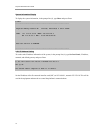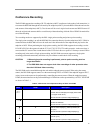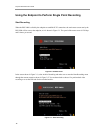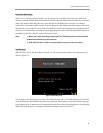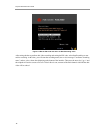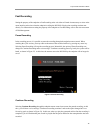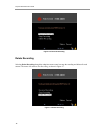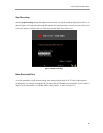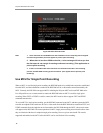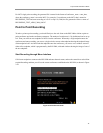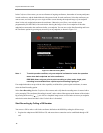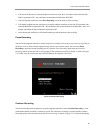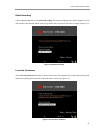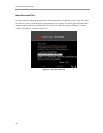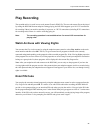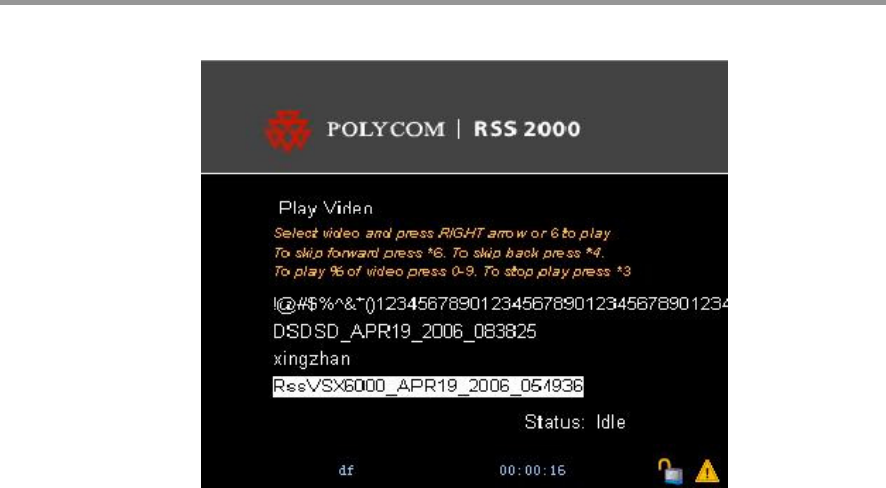
Polycom RSS 2000 User’s Guide
16
Figure 2-9 Name Recorded Files
Note
: 1. There should be at least 500M on the disk. Otherwise current recording will be stopped
and archives generated. (This also applies to point to point recording).
2. When there is less than 500M on the disk, a voice message will inform you that
the disk space is not enough for starting conference recording. (This applies also to
point to point recording)
3. If there is no audio/video data received in 30 consecutive seconds in the recording
process, the RSS 2000 will hang up the connection. (This applies also to point to point
recording)
Use MCU for Single Point Recording
When an MCU is used for single point recording, the RSS 2000 needs to be added in the connection established
from the MCU, and the information recorded at the RSS 2000 will be a video/audio stream forwarded by the
MCU. Currently, the RSS 2000 can support MCUs including the Polycom MGC series and DST 4000 series.
It is still possible to use a remote control to control the RSS 2000 when an MCU is used for single point
recording. When FECC or DTMF is used for control, the MCU must be able to support FECC and DTMF
commands transmission.
To use an MCU for single point recording, get the RSS 2000 connected to the MCU, and then operate the MCU
to enable an endpoint in the conference to receive video/audio from the RSS 2000 and to ensure that FECC and
DTMF commands from the endpoint can be forwarded to the RSS 2000 through the MCU, when a main menu
will appear on the RSS 2000. The menu operations for MCU single point recording are not described here since
they are identical with those for endpoint single point recording. However, please note that H.239 must be
supported and enabled on the MCU before the MCU can be used for dual video recording.



